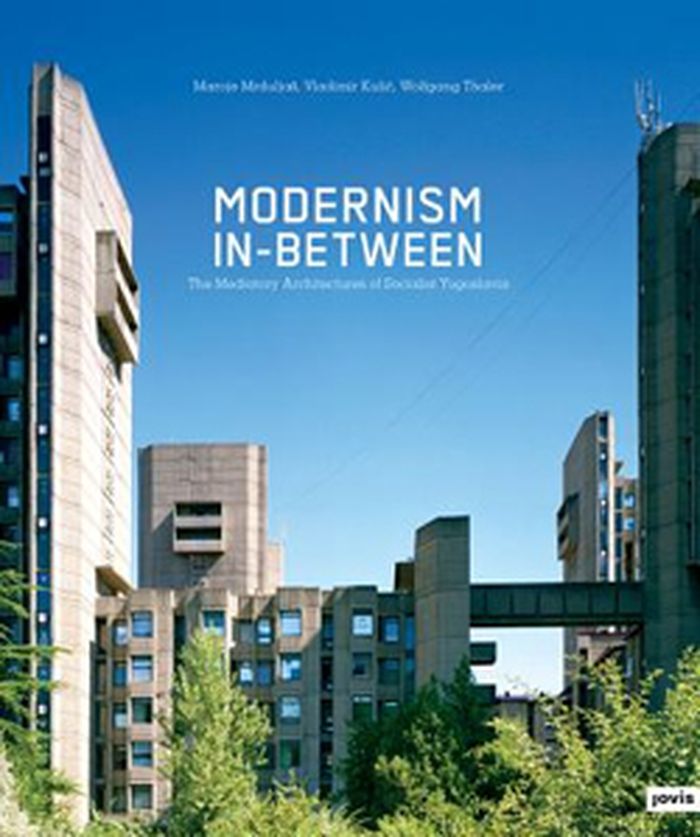$52.50
(disponible en magasin)
Résumé:
Bogdan Bogdanovic (1922–2010) was a Yugoslav architect, theorist, professor and a one-time mayor of Belgrade. His idiosyncratic memorials to the victims and heroes of World War II, scattered around the former Yugoslavia, continue to attract attention today, more than 25 years after the country’s collapse. The monuments, cemeteries, mausoleums, memorial parks,(...)
Bogdanovic by Bogdanovic: Yugoslav memorials through the eyes of their architect
Actions:
Prix:
$52.50
(disponible en magasin)
Résumé:
Bogdan Bogdanovic (1922–2010) was a Yugoslav architect, theorist, professor and a one-time mayor of Belgrade. His idiosyncratic memorials to the victims and heroes of World War II, scattered around the former Yugoslavia, continue to attract attention today, more than 25 years after the country’s collapse. The monuments, cemeteries, mausoleums, memorial parks, necropolises, cenotaphs and other sites of memory Bogdanovic designed between the early 1950s and late 1970s occupy a unique place in the history of modern architecture, redrawing the boundaries between architecture, landscape and sculpture in varied and unexpected ways. This book presents Bogdanovic’s built oeuvre through his own eyes, in a selection of nearly 50 color photographs of his memorials, which the architect took soon after the completion of each project.
Monographies photo
$39.80
(disponible sur commande)
Résumé:
Modernism In-Between explores the historical “in-betweenness” of Yugoslavian modernism and the strategies architects used to mediate different--sometimes directly opposed--concepts of culture and architecture. Surveyed here is a wide range of topics, from city building and state representation, to the typologies of everyday life. Also discussed is the work of Yugoslavia's(...)
Modernism in-between: the mediatory architectures of socialist Yugoslavia
Actions:
Prix:
$39.80
(disponible sur commande)
Résumé:
Modernism In-Between explores the historical “in-betweenness” of Yugoslavian modernism and the strategies architects used to mediate different--sometimes directly opposed--concepts of culture and architecture. Surveyed here is a wide range of topics, from city building and state representation, to the typologies of everyday life. Also discussed is the work of Yugoslavia's leading architects, who transformed their in-betweenness into a new quality: Edvard Ravnikar's seamless blending of such varied influences as Joe Plenik, Le Corbusier and Otto Wagner; Bogdan Bogdanovic's war memorials, which filtered deep-seated cultural archetypes through the lens of Surrealism; Juraj Neidhardt's efforts at forging a modern identity for Bosnia based on the vernacular Ottoman heritage; and Vjenceslav Richter's neo-avant-garde experiments, which provided some of the most convincing representations of Yugoslav socialism. Wolfgang Thaler's photographs document these and many other achievements.
Théorie de l’architecture

